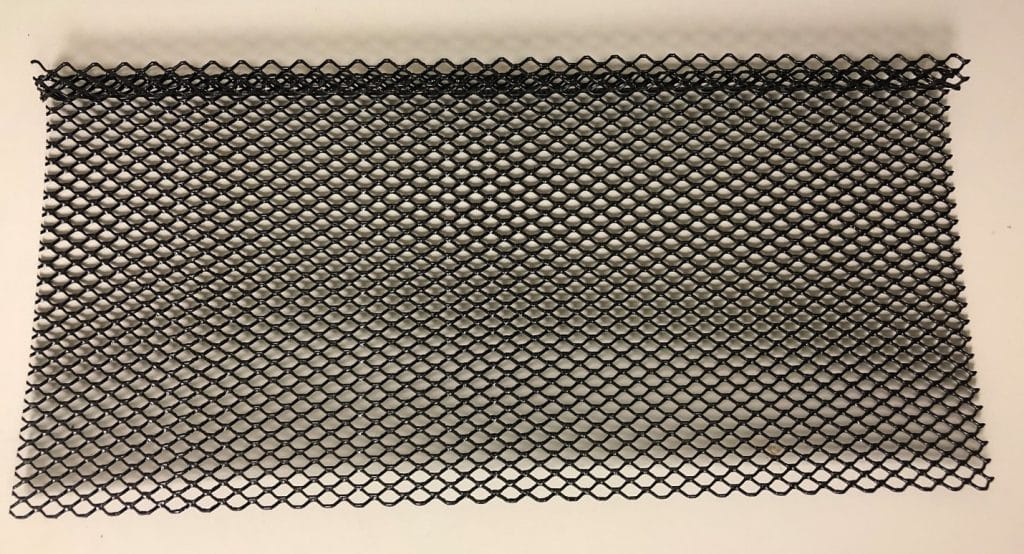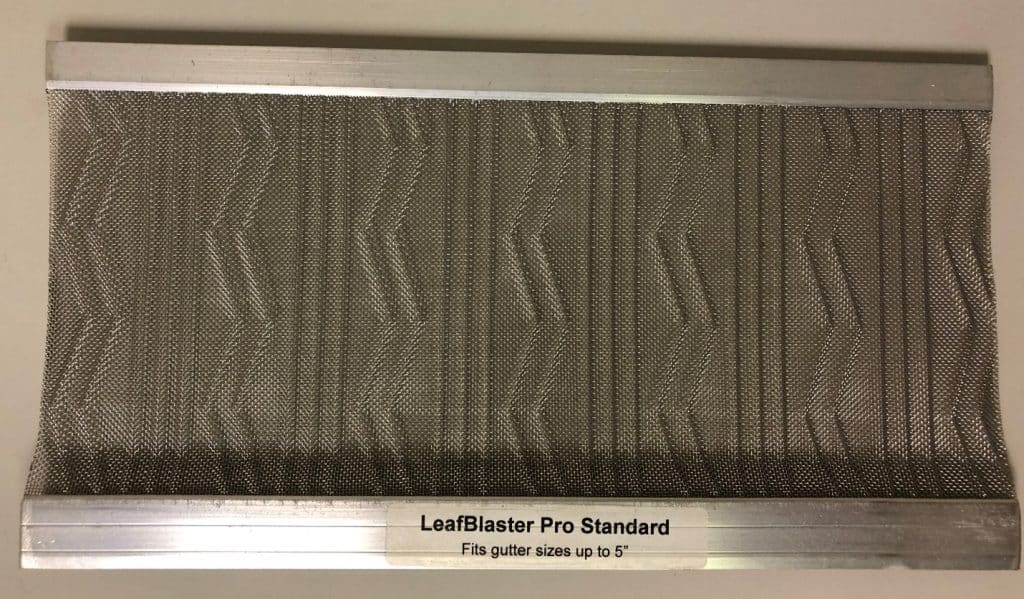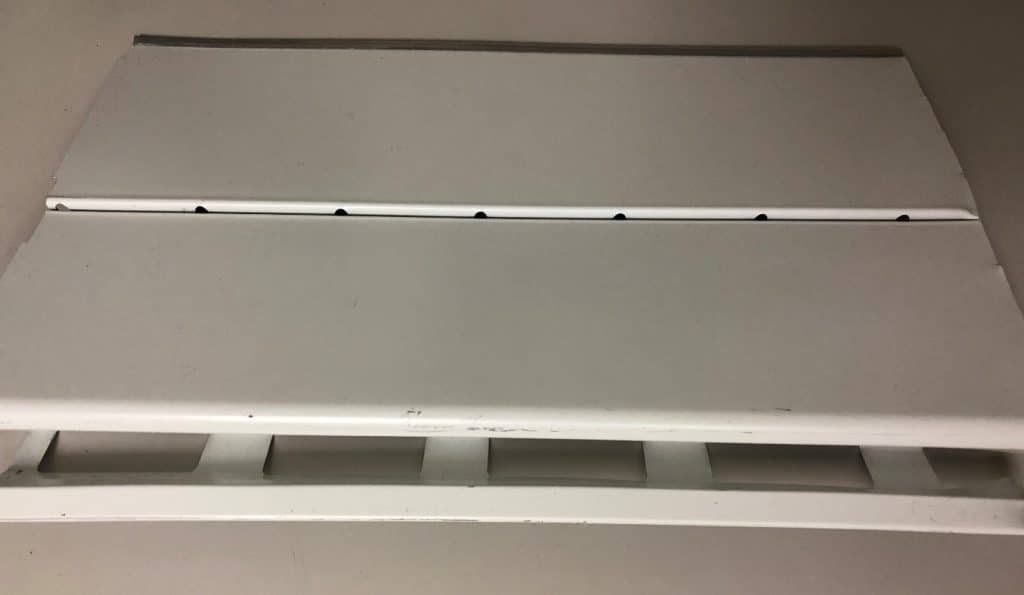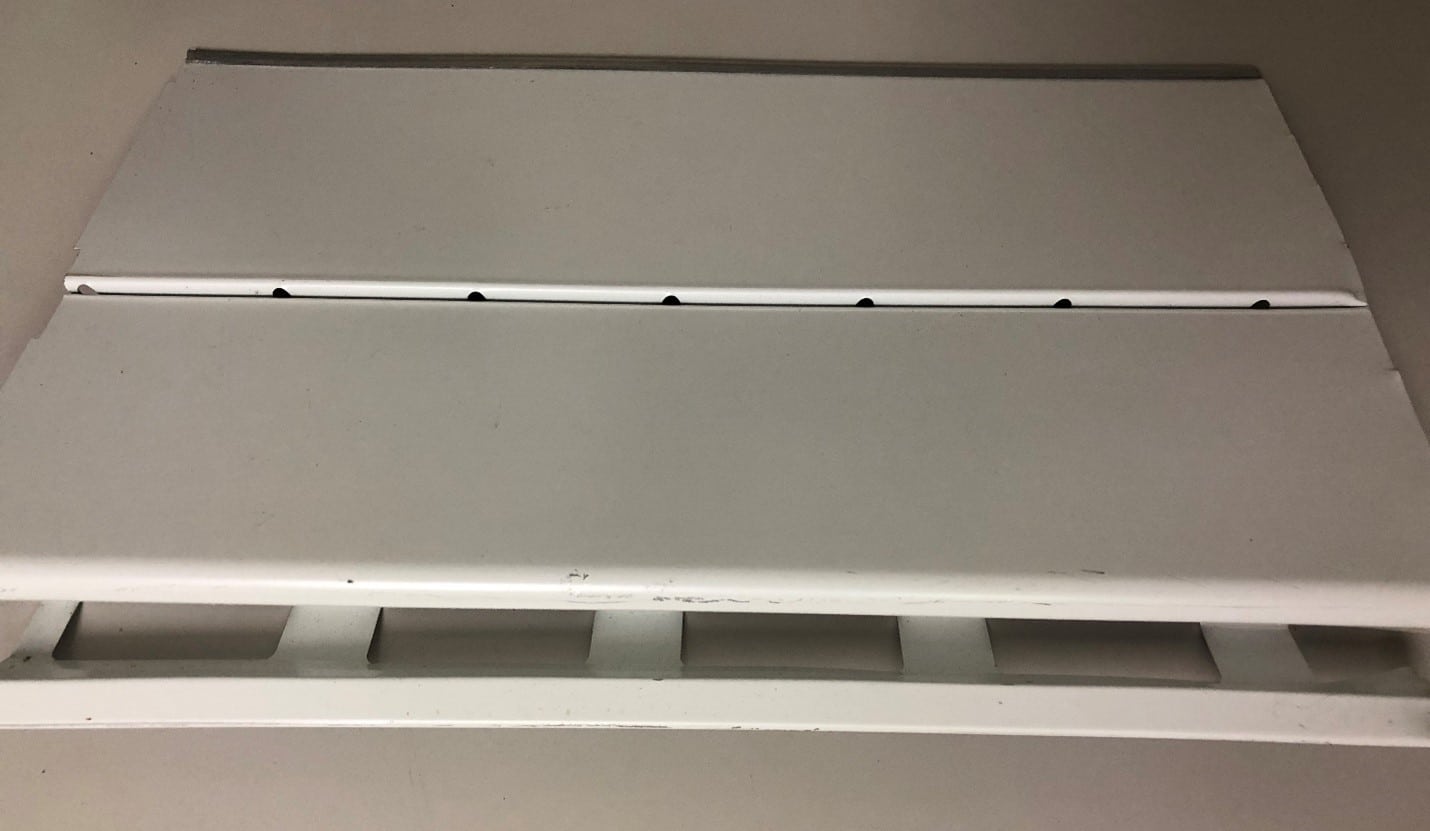A rain gutter is a component of a water discharge system for a building, and for your home.
It is necessary to prevent water dripping or flowing off roofs in an uncontrolled manner for several reasons –
- to prevent it damaging the walls
- to protect from drenching persons entering/exiting the building or standing below the perimeter the building
- to direct the water to a suitable disposal site where it will not hinder the foundation of your structure.
The basic function of a gutter is to provide a channel for redirecting water. They are designed specifically to reduce erosion by guiding water to a drain or safe area. Gutters have a limited capacity and may overflow, although they still effectively remove a large volume of water.
Gutters are essential for routing rain off of roof tops and away from your home. Installed properly, preserve topsoil, protect siding and fascia from stain, rot and shield windows and doors from water infiltration and damage.
Types of Gutter Guards that we offer
The three main types of gutter guards available are screen, mesh, and reverse curve (also called “surface tension”)—and each has its own set of advantages. Most gutter guards come in three-foot to eight-foot lengths, with widths designed to cover gutters ranging from four inches to six inches wide.
- Screen gutter guards

These gutter guards feature a wire grid.
Benefits:
• Screen gutter guards are an inexpensive option.
• The screen grid keeps leaves from entering the gutter trough.
Considerations:
• Because they’re not screwed down, screen gutter guards may be dislodged by high winds or knocked out from under the shingles by falling branches.
- Mesh gutter guards

Mesh gutter guards are similar to screen guards, allowing water to run through small holes while blocking twigs and debris. The guards are metal mesh made from stainless steel.
Benefits:
• Easy to install.
• Blocks even small bits of debris, such as blowing sand, while allowing rain to flow through.
• Available in a variety of options, from inexpensive plastic frames and lightweight mesh made from stainless steel.
Considerations:
• May need occasional cleaning, which could involve spraying with a hose.
- Reverse curve gutter guards – Gutter Helmet

Reverse curve gutter guards are made from lightweight metal. Water does not flow through them but rather over the top and around a downward curve before dropping into the gutter beneath. Leaves and debris slide right off the edge and fall to the ground below.
Benefits:
• Works well for keeping leaves and debris out of the gutter, even in heavily treed yards.
Considerations:
• Because reverse gutter guards install above the existing guttering, they may be visible from the ground.
• Reverse curve gutter guards are built to last but they’re more expensive than their mesh and screen counterparts.

